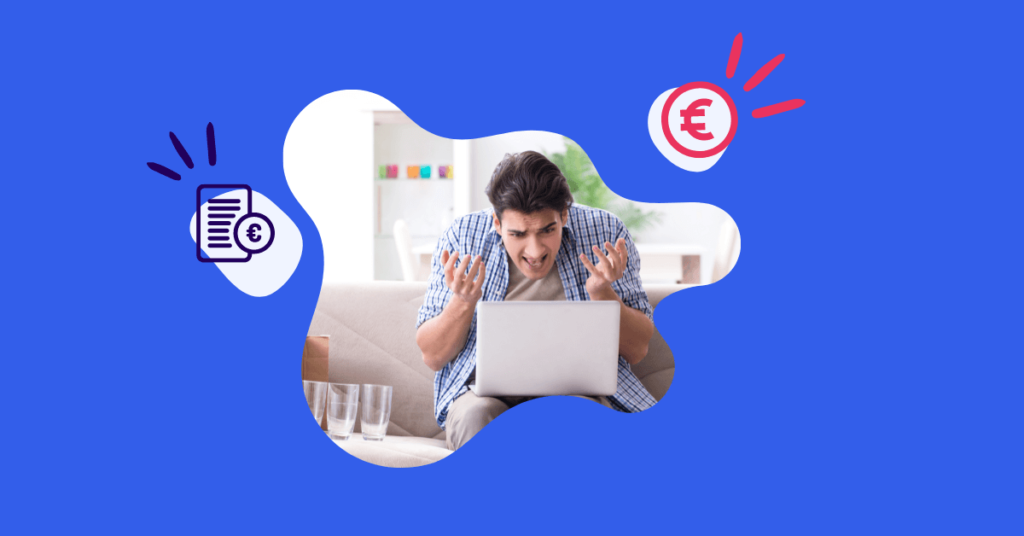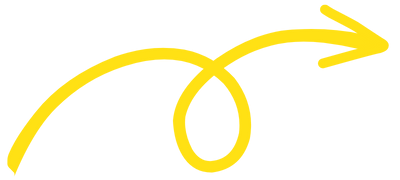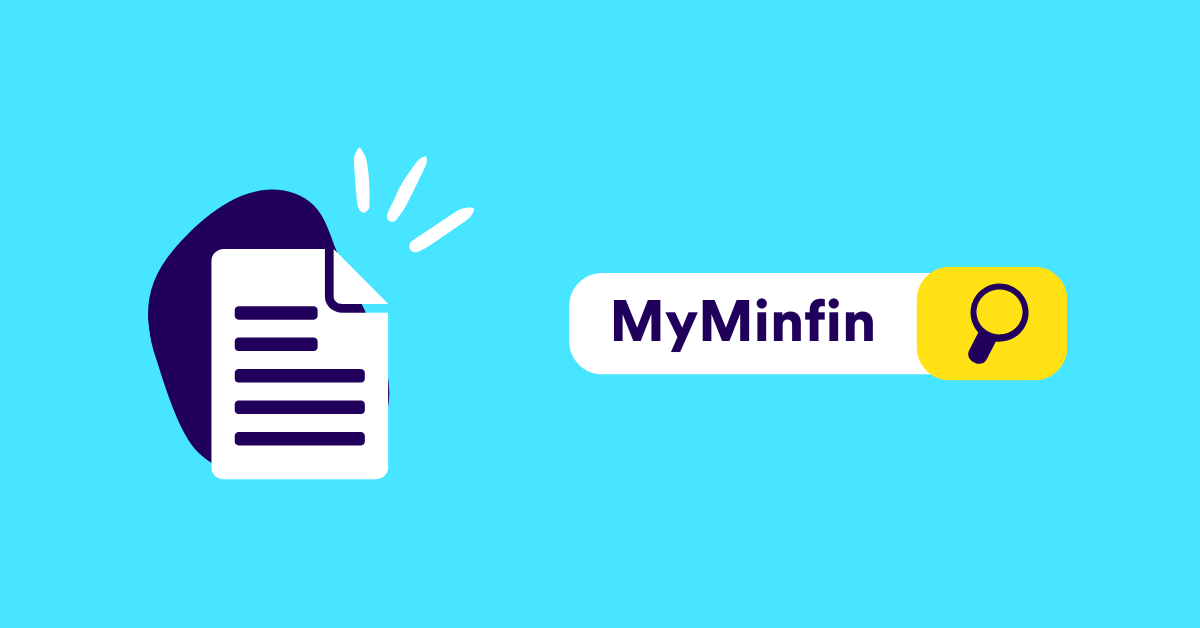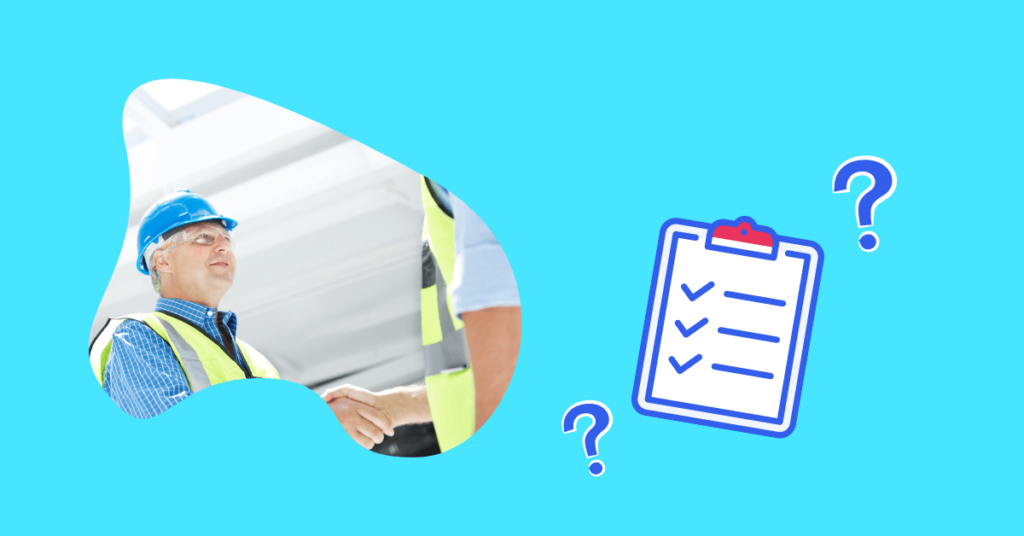When you have a customer abroad, you have to comply with special VAT rules. We call this ‘VAT reverse charge’. But how exactly does this VAT reverse charge work? When do you have to shift VAT to your customer?
VAT reverse charge: what does it mean?
VAT reverse charge means that no VAT is charged on the invoice. The VAT reverse charge is therefore only important for entrepreneurs who are subject to VAT.
When “VAT reverse charge” appears on an invoice, it means that you, as an entrepreneur subject to VAT, do not have to charge VAT to a customer subject to VAT. You will literally shift the entire VAT to your customer. So the VAT becomes the customer’s responsibility.
Tip from an accountant
Within Belgium you must comply with normal VAT legislation, within the EU you must (usually) reverse charge VAT and outside the EU you must neither charge nor pay VAT.
When are you allowed to shift VAT?
There are a number of scenarios in which you may apply ‘VAT reverse charge’, the two most common are:
1) A sales invoice to a foreign, European customer.
If you make a sales invoice to a foreign, European company subject to VAT, you will have to reverse charge the VAT to your customer (with some exceptions).
2) VAT co-contractor
Even within Belgium, you may have to reverse charge VAT. This is a common scenario if you work in construction or related industries.
Indeed, as a VAT-registered entrepreneur, you do not have to charge VAT to a VAT-registered customer for work on immovable property. Immovable property refers to land and everything in or on that land, including all things attached to that land or building that one cannot take away without damaging something.
Since the VAT co-contractor system is specifically provided for the construction industry, we have written a separate article about it.
Why do I need to reverse charge VAT?
Suppose we do not apply the system of VAT reverse charge. Then a strange situation would arise. We’ll explain it through an example:
You would create a sales invoice on which you charge 21% of “Belgian” VAT to, say, a Spanish customer. Your Spanish customer will then pay your sales invoice including the Belgian VAT, after which you have to pass on that VAT to the Belgian VAT administration when filing your VAT return.
That Spanish customer will then also file a VAT return in his country, where he will obviously want to recover the Belgian VAT he paid. So he will want to recover Belgian VAT from the Spanish VAT administration, creating a rather strange situation financially. This is because VAT has been transferred to the Belgian VAT administration and recovered from the Spanish VAT administration.
The solution for such European transactions is simply to charge 0% VAT and apply ‘VAT reverse charge’. This way, no VAT has to be forwarded to the Belgian VAT administration and no VAT can be recovered from the Spanish VAT administration.
How to create an invoice with the VAT reverse charge?
In practice, you have to create a sales invoice on which you charge 0% VAT. You must then state ‘VAT reverse charge’ somewhere on your sales invoice. As an entrepreneur subject to VAT, you yourself have not charged VAT and of course you do not have to pass on VAT to the VAT administration. So there is no VAT impact for you.
Did you know?
Dexxter automatically adds the mandatory statement “VAT reverse charge” to these invoices.
We already talked about charging 0% VAT, which you will effectively have to do. So you must mention 0% VAT on your invoice, where you would otherwise go for the applicable VAT rate, think 21% or 6% VAT.
⚠️ Beware, because in addition you also have to mention why you charge 0% VAT, namely because you are applying VAT reverse charge.
✅ Or of course you can choose Dexxter, because as soon as you select a foreign customer in Dexxter to create a sales invoice, Dexxter will guide you. For example, your VAT rate will automatically be set to 0% and the statement “VAT reverse charge” will appear correctly on your sales invoice. Just like in the co-contractor system.
What impact will this have on my VAT return?
In most cases this will be a zero-sum transaction. You will see the amount appear in your VAT return for the sales value, but with no VAT impact.
There is no VAT charged to the customer, so there is no VAT to pass on to the government.
What if I receive an invoice with ‘VAT reverse charge’ written on it?
It is also possible that you hire someone who shifts the VAT to you. You will then receive an invoice from that supplier, to which 0% VAT has been applied.
Since you did not pay VAT to this supplier, you will not be able to recover VAT on this purchase. Therefore, the impact of this purchase invoice on your VAT balance is nil.
Unless your professional use is less than 100%. In that case, the supplier will create an invoice with 0% VAT for your business. The supplier simply applies the “VAT reverse charge” to your company.
That while (part of) your purchase was of a private nature. If you then set the professional use of this purchase lower than 100% in Dexxter, you will still pay VAT on that private use via the VAT return. A piece of cake, adjusting the percentage of professional use is all you have to do. Dexxter takes care of the underlying VAT for you.
Tip from an accountant
The tax authorities pay extra attention to these transactions. So be sure the invoices you receive are correct.
Any further questions?
Perfectly normal! Have you already discovered our Dexxter community? That’s where many entrepreneurs ask tons of questions about doing business, entering expenses, preparing sales invoices, and so on. And also about the VAT co-contractor system.
Would you like to explore our community? Then create a profile on Dexxter and discover everything during your 30-day free trial.
On this government website you can also find more information about invoicing to foreign companies, among other things.















